- Karen A Tarlow
- Bulgarian
- Lincoln Center
- Onyx Records
- Charles Koechlin
- gesture
- Johann Strauss 2
- Faroe Islands
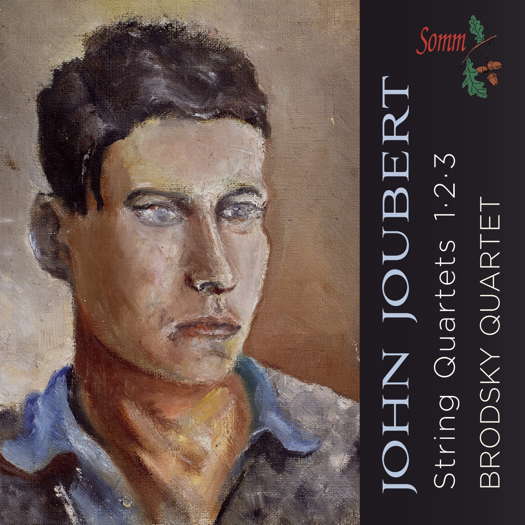 SPONSORED: CD Spotlight. A Fascinating Recording - John Joubert's string quartets, heard by Alice McVeigh.
SPONSORED: CD Spotlight. A Fascinating Recording - John Joubert's string quartets, heard by Alice McVeigh.
All sponsored features >>
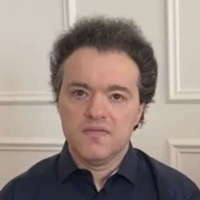 LISTENING TO TCHAIKOVSKY: Béla Hartmann uses his knowledge of Eastern Europe to argue against the banning of all Russian culture following Vladimir Putin's invasion of Ukraine.
LISTENING TO TCHAIKOVSKY: Béla Hartmann uses his knowledge of Eastern Europe to argue against the banning of all Russian culture following Vladimir Putin's invasion of Ukraine.
Christmas is for Concerts
GIUSEPPE PENNISI makes his festive choice from the Italian media
For Christmas, concert societies bloom and boom. Opera houses offer a wide choice of concerts as well. In short, in all countries, and in Italy too, Christmas concerts are a deeply rooted tradition and are attended by entire families. This year, the choice is larger than usual because, due to the COVID-19 emergency, concert societies and theatres have discovered streaming. Briefly, it is possible to follow several concerts a day just by sitting in front of the computer screen. However, streaming is far from a live concert. The quality of audio and of vision leaves somewhat to be desired even if one has a high standard computer. There is no ritual of dressing well to go to a theatre or to a concert hall. Especially, socialization with other music lovers is missing.
For example, in Rome where I live, on 23 December 2020 the National Santa Cecilia Academy performed and broadcast on one of the State's radio channels a concert conducted by Kirill Petrenko and with Igor Levit as soloist with a program featuring Weber's Oberon Overture, Prokofiev's Piano Concerto No 1 and Schubert's Symphony No 9. On 25 December at 11am, the Teatro dell'Opera streamed a concert of Vivaldi sacred music with Roberto Gabbiani leading both the orchestra and the chorus. There are, of course, many other proposals by the Rome Philharmonic Academy and several concert societies often associated with Churches. There is a similar situation all over Italy.
I made a selection on two criteria: a) Christmas music and b) telecasting on television channels with high definition sound and vision. I chose two concerts: Academia Chigiana and La Scala.
On 23 December, as a part of the Academia Chigiana program, the chorus of the Cathedral of Siena Guido Chigi Saracini, led by Lorenzo Donati, guided viewers and listeners to discover the Seven Antiphons of Advent and the very first Magnificat, called Antiphon 'O' in the wonderful setting of the Cathedral of Siena. In order to provide a special spiritual and cultural experience, various versions of this sacred music, especially suited to Christmas, were offered: from Medieval Gregorian and Renaissance styles to contemporary music. Each version is linked to the previous one, as if every day the liturgy resumed the discourse from where it had been left the day before and integrated it by increasing the climax of waiting. In addition to the seven original versions of the antiphons, the concert proposed interpretations by different authors in an original path to the present time: Palestrina, Gallus, Gesualdo, Bruckner, Kodály, Poulenc, Pärt and MacMillan. Siena Cathedral is a magnificent monument: Richard Wagner chose it as the setting of the second part of the first as well as of the third act of Parsifal, ie the Holy Grail Temple.
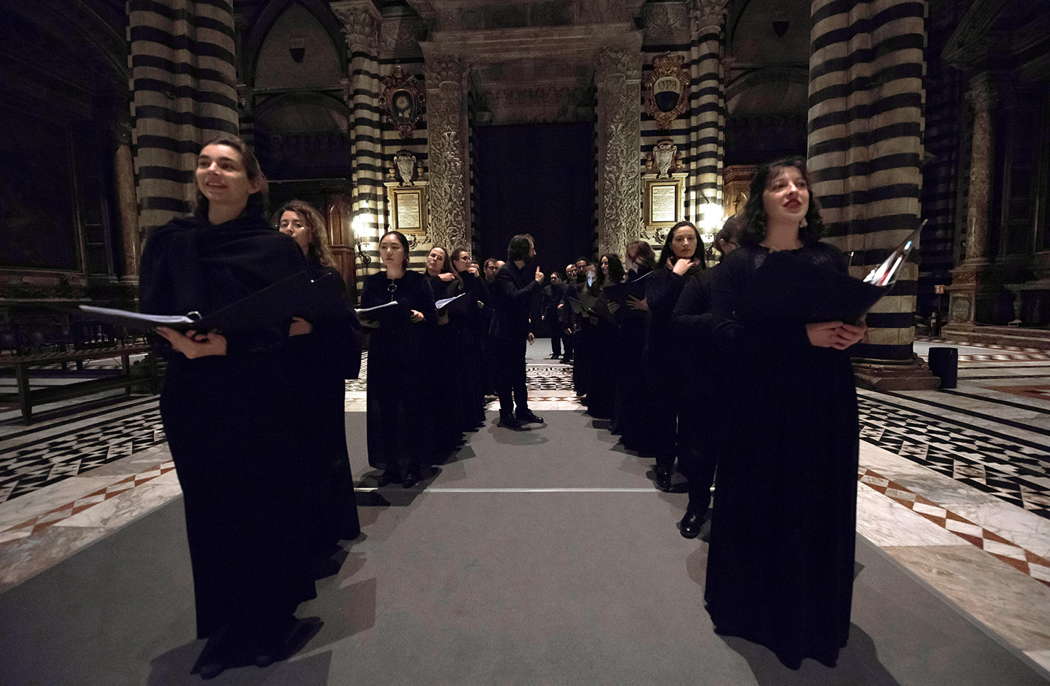
Members of the chorus of the Cathedral of Siena Guido Chigi Saracini in 2018
It was a very exciting event able to show how music, art and beauty contribute to inner enrichment. Fortunately, the platform of the 'Chigiana Digital' Academy had excellent audio quality and rendered the beautiful images of the Cathedral very well. The Chorus is an ensemble, formed by a variable number of members selected from all over Italy. In a few years, the ensemble reached the top of a very wide interpretative practice, encompassing sacred and liturgical repertoire plus concert repertoire. This was the first of six concerts offered on the new digital platform 'Chigiana Digital' with high standard video transmission and stereo digital audio quality. They are available on Chigiana Digital until Friday 15 January 2021.
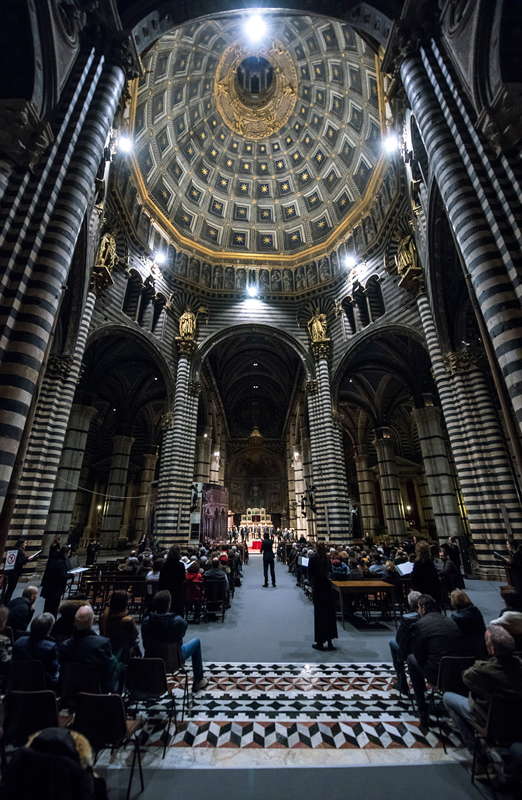
A 2018 performance in the Cathedral of Siena Guido Chigi Saracini
La Scala's Christmas concert was telecast on the main State TV channel RAI 1 on 24 December 2020 at 10:15am and repeated on the State TV cultural channel RAI 5 on 25 December at 16:20. It can be listened to any time on RAI PLAY.
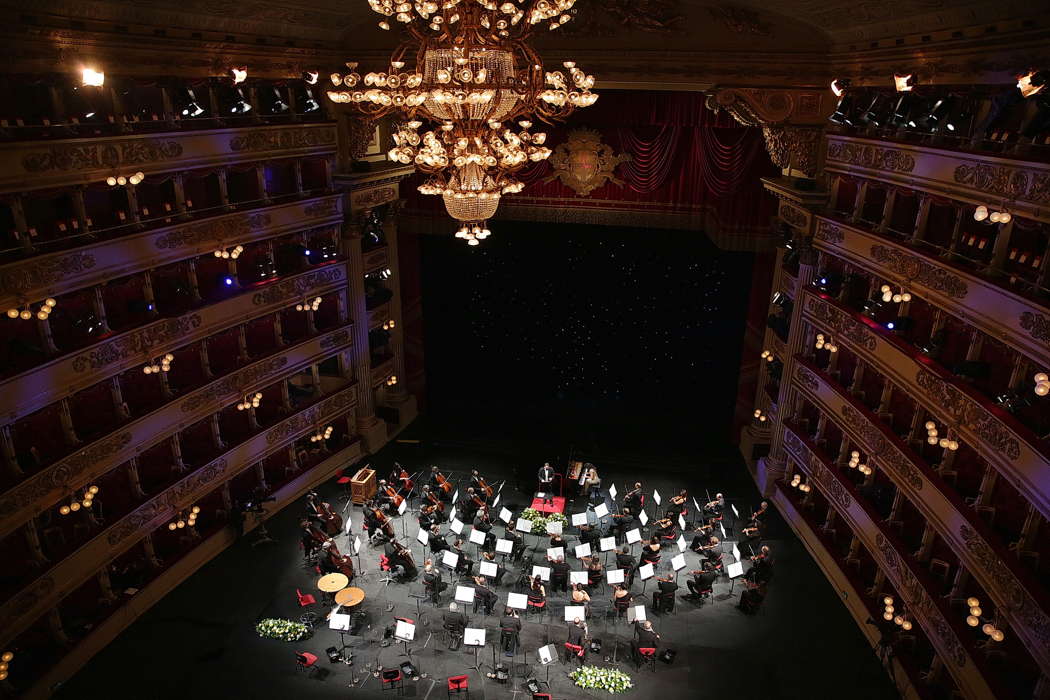
A scene from Teatro alla Scala's Christmas concert, photographed on 19 December 2020. Photo © 2020 Brescia e Amisano
The program is entirely devoted to Mozart's music: the Piano Concerto No 9 composed in Salzburg when he was about twenty-one years old, the motet Exultate Jubilate composed in Milan when he was just seventeen, and one of his late and best known symphonies, No 41, Jupiter. The program was entrusted to the beautiful soprano voice of Aida Garifullina, the piano intelligence of Beatrice Rana and the increasingly sharp qualities of Michele Mariotti's baton. There was no chorus, several of whose members still struggle with the virus. As the photos show, the orchestra was on a platform where normally there is the audience.
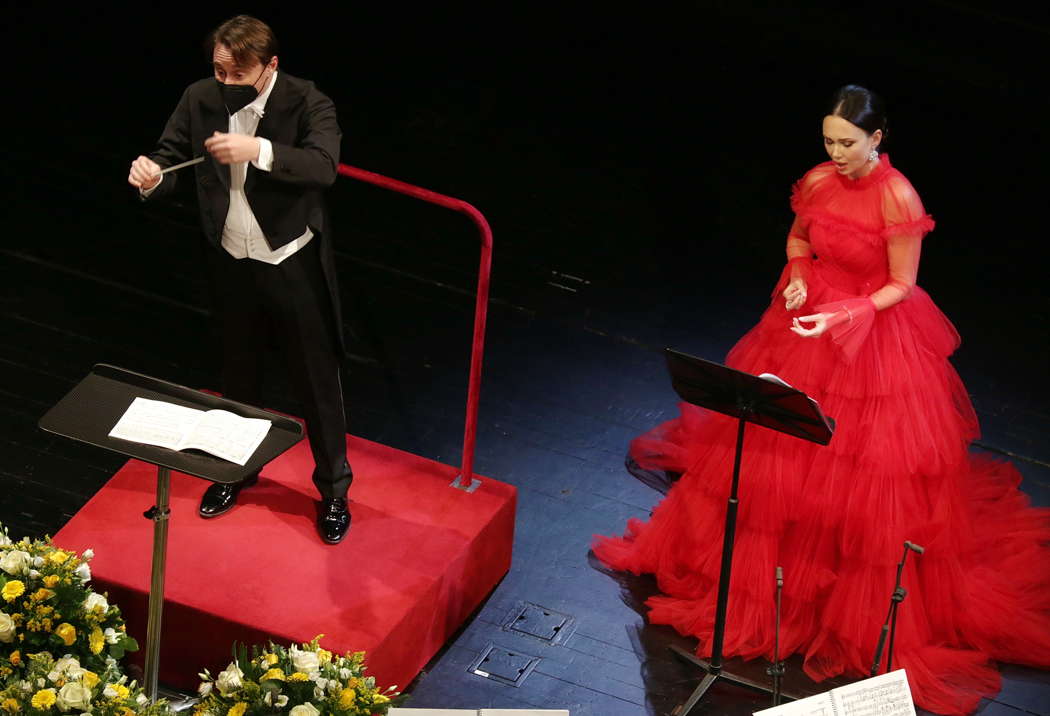
Michele Mariotti and Aida Garifullina at Teatro alla Scala's Christmas concert, photographed on 19 December 2020. Photo © 2020 Brescia e Amisano
In the Piano Concerto, Beatrice Rana set the feelings of the TV audience in motion. Thanks to her, the horizon soon takes the disproportionate boundaries of Mozart's grace, which also arrives with the physical strength of his piano works, with a technique as firm as steel but also with noble and airy phrasing and a decisive step that does not neglect the anxieties, the untold, the implicit. Her Rondo is quite exceptional. The music flows smoothly in the even more youthful motet: Aida Garifullina performed it in a beautiful balance between coloratura and expression. Mariotti supports, counterpoints and embroiders. He demonstrates his qualities fully in the reading of Jupiter, the last dizzying, metaphysical page of Mozart's symphonic catalogue. Formed in Claudio Abbado's school, Mariotti puts the work in the crosshairs according to the coordinates that Abbado used with the Mozart Orchestra: modern but not small and nervous sonorities as the philologists like. His is the mature way of phrasing and letting the music breathe, in a relationship between brightness and shadows that has the merit of saving the listener the penalty of the 'Romantic' contrast. His is the sensual tint in the adagio too.
Copyright © 25 December 2020
Giuseppe Pennisi,
Rome, Italy

FURTHER LIVE CONCERT AND OPERA REVIEWS


